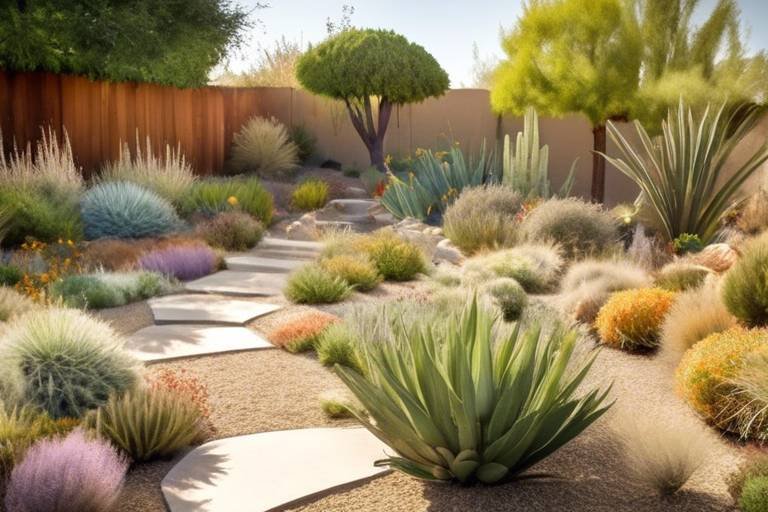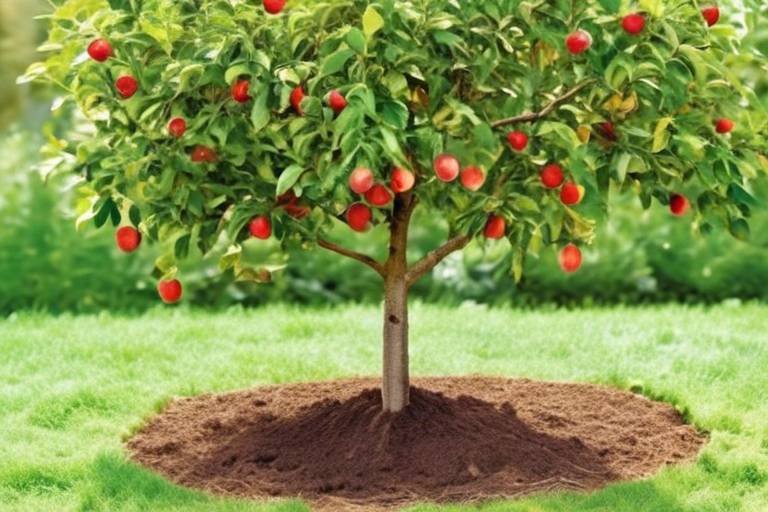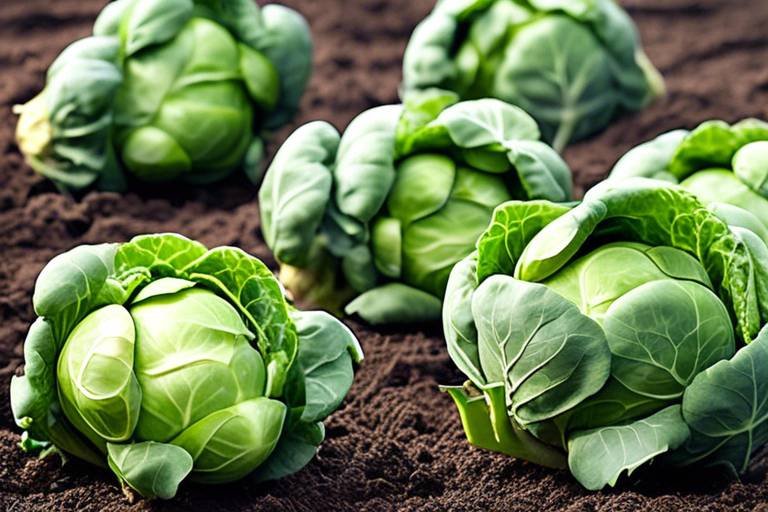How to Grow Corn in a Small Backyard
Are you dreaming of enjoying the sweet taste of freshly grown corn right from your own backyard, but limited space is holding you back? Fear not, as with the right techniques and a little bit of creativity, you can successfully grow corn even in a small backyard. Let's explore some tips and strategies to make your corn-growing venture a fruitful success.
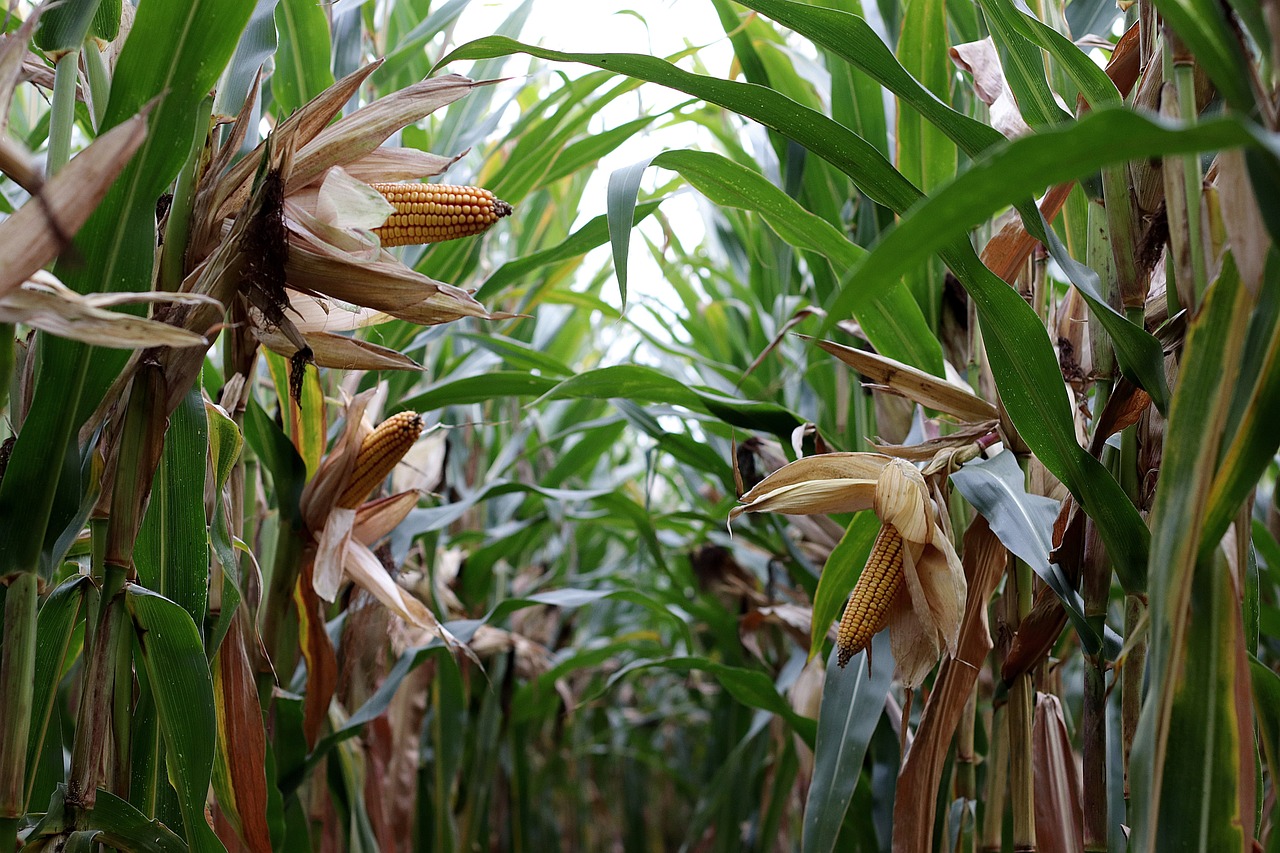
Choosing the Right Corn Varieties
When it comes to growing corn in a small backyard, choosing the right corn varieties is crucial for a successful harvest. Not all types of corn are suitable for limited spaces, so selecting varieties that are known to thrive in small areas is essential. These varieties are typically more compact, have shorter stalks, and can adapt well to confined growing conditions.
One popular choice for small backyard corn cultivation is the "Golden Bantam" variety. Known for its deliciously sweet kernels and compact size, Golden Bantam is a favorite among home gardeners with limited space. Another excellent option is the "Peaches and Cream" variety, which offers a unique flavor profile with both yellow and white kernels on the same cob.
When choosing the right corn varieties for your small backyard, consider factors such as the space available, sunlight exposure, and climate conditions. Some varieties may be more tolerant to shade or cooler temperatures, making them ideal for certain backyard environments. Additionally, selecting disease-resistant varieties can help ensure a successful harvest without the need for extensive chemical treatments.
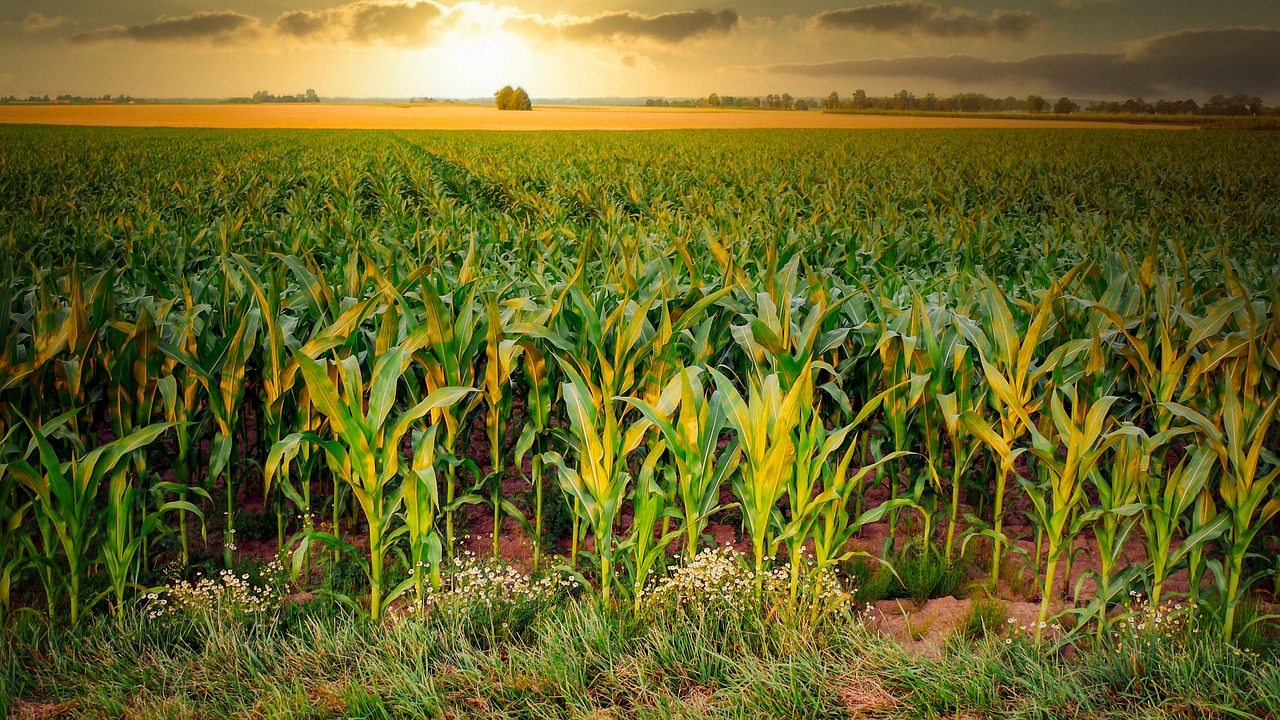
Preparing the Soil
When it comes to for growing corn in a small backyard, there are several key steps to follow to ensure optimal conditions for your corn plants. One essential aspect is to start by assessing the current state of your soil. Is it compacted or lacking in nutrients? These factors will determine the amount of preparation needed before planting your corn seeds.
One effective method for improving soil quality is through composting and fertilizing. Compost is a natural way to enrich the soil with essential nutrients, improving its structure and overall health. By incorporating compost into your soil, you can create a fertile environment that promotes healthy corn growth. Additionally, using organic fertilizers can further enhance the nutrient content of the soil, providing the necessary elements for robust corn plants.
Another crucial aspect of preparing the soil is to ensure proper drainage. Corn plants require well-draining soil to prevent waterlogging, which can lead to root rot and other issues. If your backyard has poor drainage, consider raised beds or adding organic matter like peat moss to improve water flow.
Before planting your corn seeds, it's important to test the pH of your soil. Corn thrives in slightly acidic soil, so adjusting the pH level can significantly impact the growth and yield of your corn plants. You can use a pH testing kit to determine the current pH of your soil and make necessary amendments to achieve the ideal range for corn cultivation.
Incorporating mulch into your soil can also provide numerous benefits for growing corn in a small backyard. Mulch helps retain moisture, suppresses weed growth, and regulates soil temperature, creating a more stable environment for your corn plants. Organic mulches like straw or shredded leaves are excellent choices for corn cultivation.
Lastly, consider crop rotation when preparing the soil for corn. Rotating your crops can help prevent the buildup of pests and diseases specific to corn, promoting overall soil health and reducing the need for chemical interventions. By rotating your corn with legumes or other crops, you can maintain a balanced ecosystem in your backyard garden.
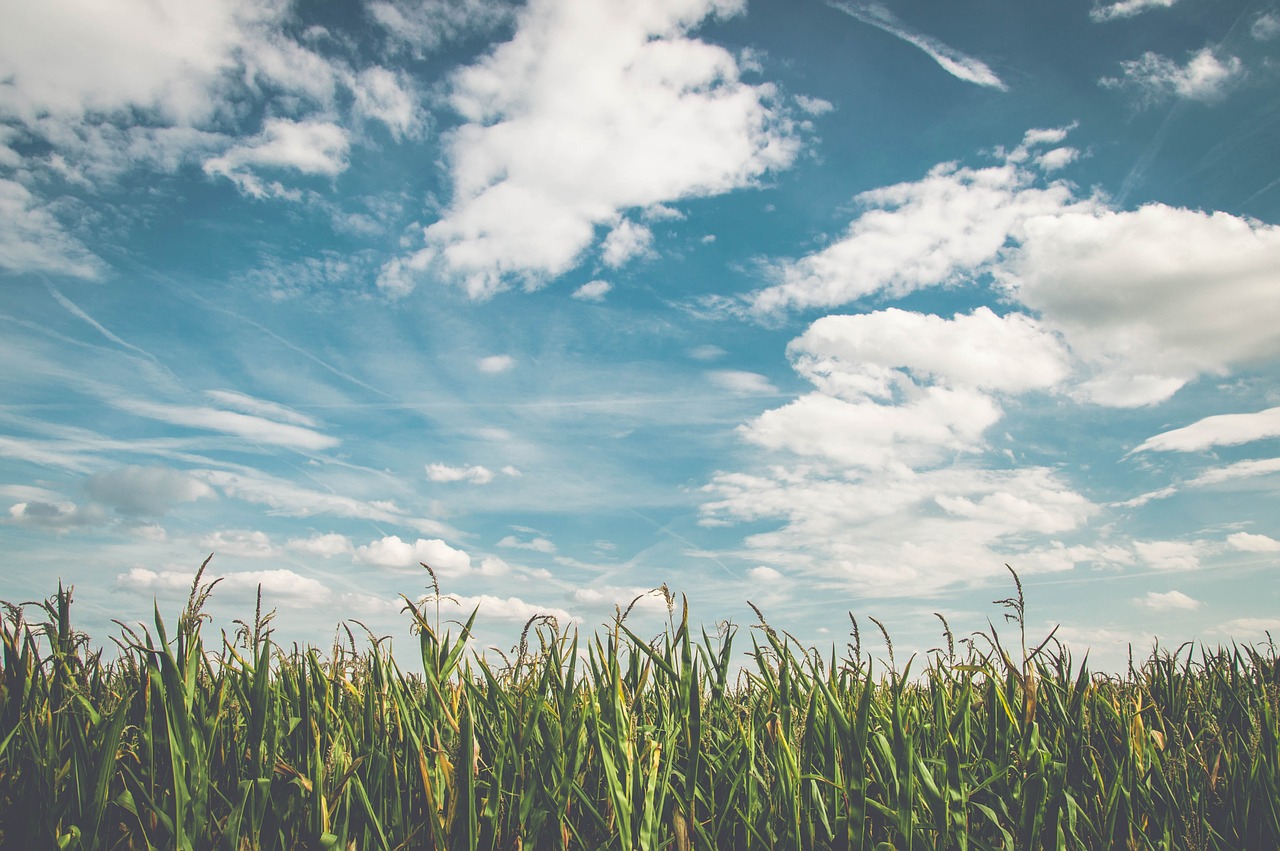
Composting and Fertilizing
When it comes to your small backyard for growing corn, it's essential to create a nutrient-rich environment that will support healthy plant growth. Composting is a natural way to recycle organic matter and enrich the soil with essential nutrients. By combining kitchen scraps, yard waste, and other organic materials, you can create a compost pile that will decompose over time, releasing valuable nutrients into the soil.
Additionally, using fertilizers can provide an extra boost of nutrients to your corn plants. There are various types of fertilizers available, including organic options like compost tea or manure, as well as synthetic fertilizers. It's important to follow the recommended application rates to avoid over-fertilizing, which can harm the plants.
One effective method is to create a compost tea by steeping compost in water to create a nutrient-rich liquid fertilizer. This can be applied directly to the soil around your corn plants to provide a quick source of nutrients. Alternatively, you can top-dress the soil with compost or well-aged manure to gradually release nutrients as it breaks down.
When choosing fertilizers, consider the nutrient requirements of corn plants at different growth stages. For example, corn plants have higher nitrogen needs during the early stages of growth to support leafy development, while phosphorus is crucial for root development and fruit production. Selecting a balanced fertilizer that meets these needs can help ensure healthy corn plants in your small backyard.
Remember to rotate your crops each year to prevent nutrient depletion and reduce the risk of disease buildup in the soil. By alternating corn with other crops or cover crops, you can maintain soil fertility and structure over time. This practice also helps break pest cycles and improves overall soil health, leading to better yields in the long run.
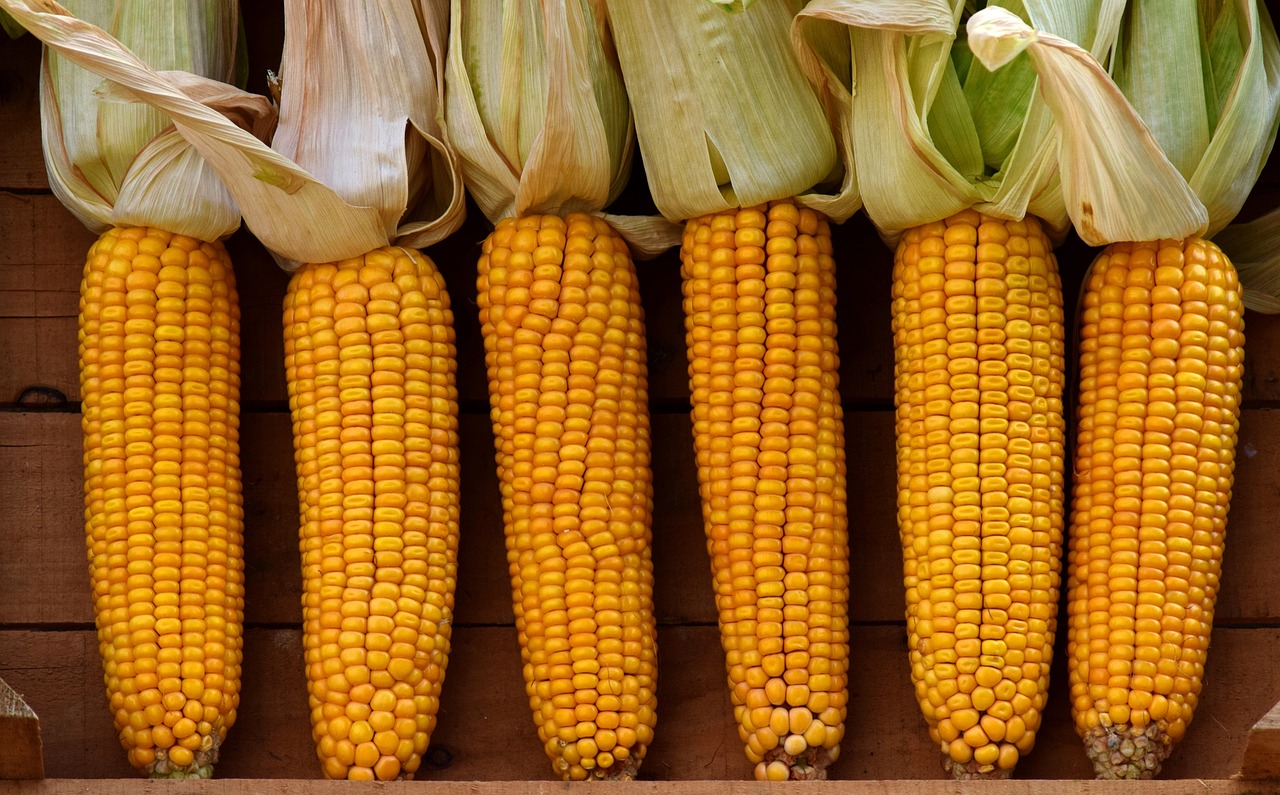
Planting Corn Seeds
Tips and techniques for successfully growing corn in limited backyard spaces.
Selecting suitable corn types that thrive in small spaces and produce good yields.
Methods for preparing the soil in a small backyard to create optimal growing conditions for corn.
Utilizing compost and fertilizers to enrich the soil and promote healthy corn growth.
When it comes to planting corn seeds in a small backyard, proper technique is crucial for successful germination and growth. Ensuring the seeds are planted at the correct depth and adequately spaced is essential for a bountiful harvest.
Guidelines on how to space corn plants and plant seeds at the correct depth for optimal growth. Corn plants require adequate space between them to allow for proper root development and access to sunlight. Planting seeds at the right depth ensures they have enough contact with the soil for germination without being buried too deep.
Strategies for watering and maintaining corn plants in a small backyard to ensure healthy development.
Methods to control weeds around corn plants in a small backyard without harming the crop. Weeds can compete with corn for nutrients and water, so it's important to keep the area around the plants clear of unwanted vegetation.
Indicators for determining when corn is ready to harvest and tips for harvesting in a small backyard.
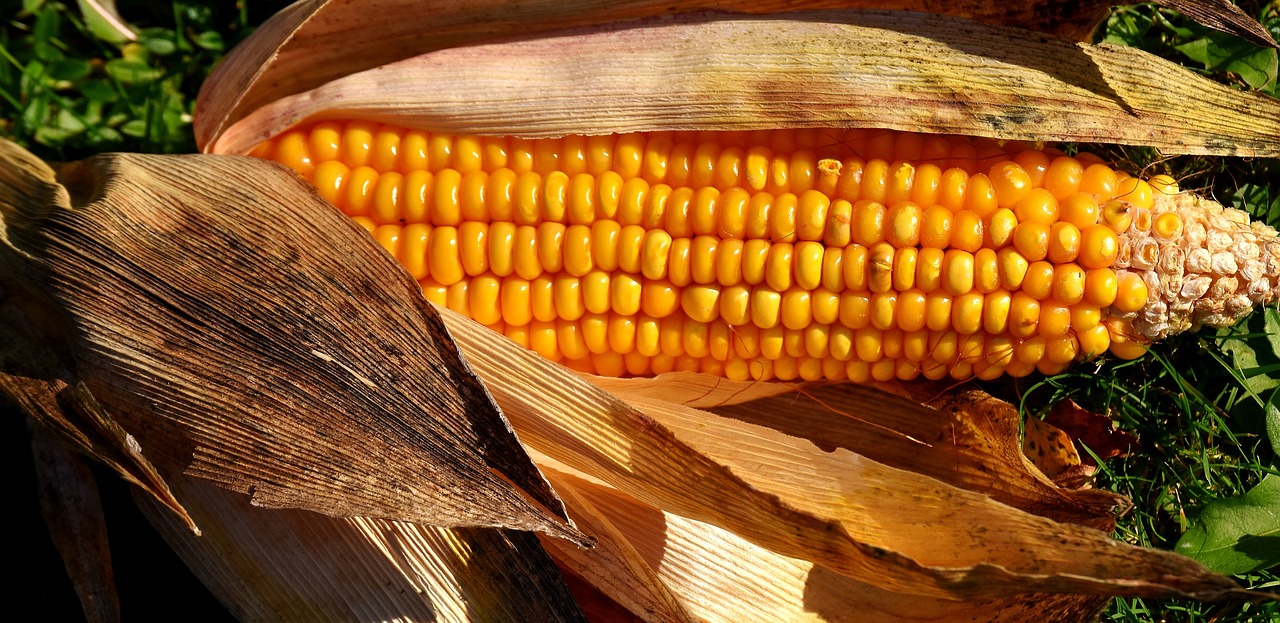
Spacing and Depth
When it comes to growing corn in a small backyard, getting the spacing and depth right is crucial for the optimal growth of your corn plants. Corn is a crop that requires a fair amount of space to grow properly, but with the right techniques, it can thrive even in limited areas. Proper spacing ensures that each plant has enough room to develop fully and receive adequate sunlight and nutrients.
For small backyard corn cultivation, it is recommended to space the corn plants about 12-15 inches apart in rows that are 30-36 inches apart. This spacing allows the plants to have ample space to grow without competing with each other for resources. Crowding the plants can lead to stunted growth and lower yields, so maintaining the recommended spacing is essential for a successful harvest.
When planting corn seeds, the depth at which you sow them also plays a significant role in their germination and growth. Corn seeds should be planted at a depth of around 1-2 inches in well-prepared soil. Planting the seeds too shallow can expose them to drying out, while planting them too deep may hinder their ability to sprout and emerge from the soil.
One effective method to ensure uniform spacing and proper depth is to use a garden tool like a dibber or a planting stick. These tools can help you create evenly spaced holes at the correct depth for planting your corn seeds. By using such tools, you can maintain consistency in the planting process and give your corn plants the best start for healthy growth.
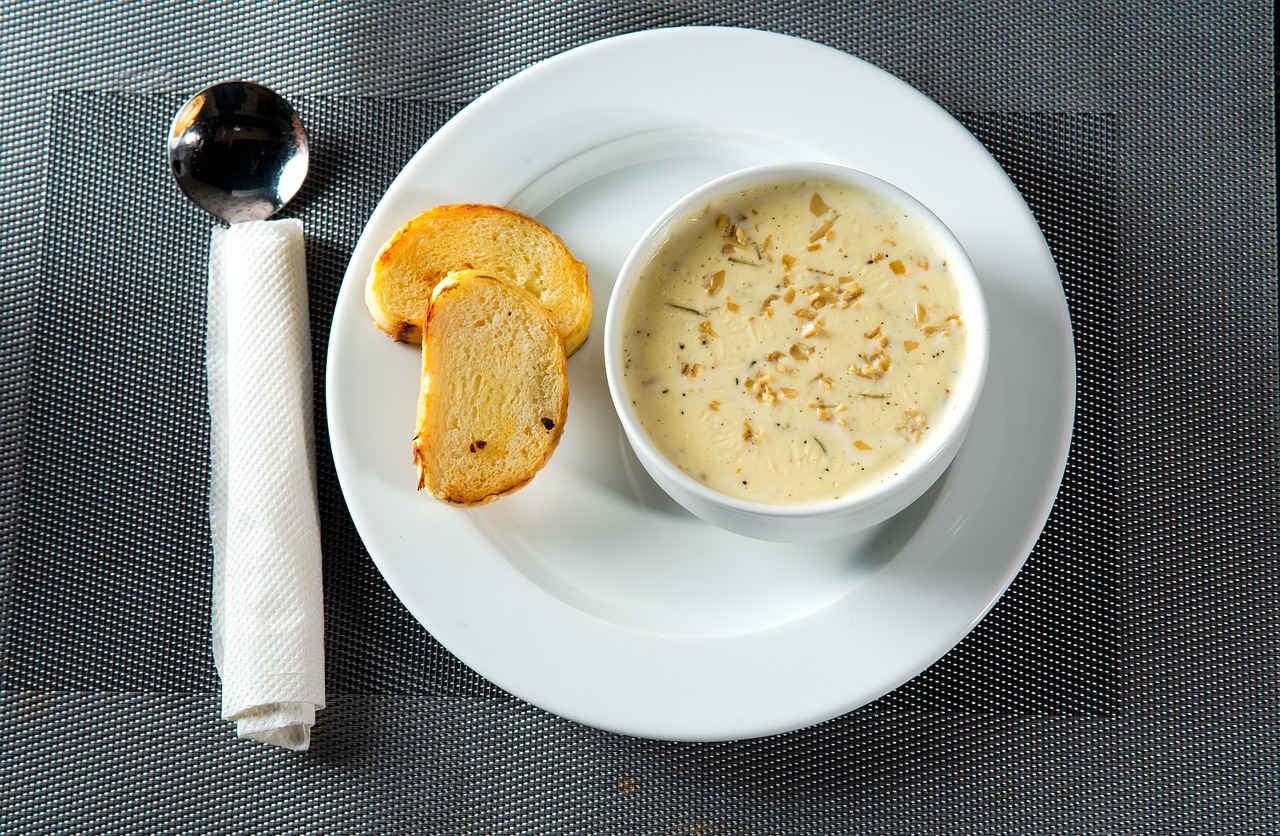
Watering and Maintenance
Tips and techniques for successfully growing corn in limited backyard spaces
When it comes to growing corn in a small backyard, proper watering and maintenance are crucial for ensuring healthy development and a bountiful harvest. Corn plants have specific needs that must be met to thrive in a limited space. Let's explore some strategies to keep your corn plants happy and productive.
First and foremost, watering is essential for the growth of corn plants. In a small backyard setting, it's important to monitor the moisture levels regularly. Corn plants require consistent watering, especially during the hot summer months when the soil tends to dry out quickly. A good practice is to water deeply but infrequently to encourage the roots to grow deeper into the soil.
One effective way to ensure proper watering is by using a drip irrigation system or soaker hoses. These methods deliver water directly to the base of the plants, minimizing water waste through evaporation and runoff. Additionally, mulching around the corn plants can help retain moisture in the soil and reduce the frequency of watering.
When it comes to maintenance, regular care is essential to keep your corn plants healthy and productive. This includes monitoring for pests and diseases that can affect the growth of the plants. Inspect the leaves and stalks regularly for any signs of damage or infestation.
Another important aspect of maintenance is fertilizing the corn plants. In a small backyard, it's crucial to provide the plants with the nutrients they need to thrive. Consider using organic fertilizers or compost to enrich the soil and promote healthy growth. Avoid over-fertilizing, as this can lead to excessive foliage growth at the expense of developing corn ears.
Furthermore, weeding is an essential part of maintaining a healthy corn crop. Weeds compete with corn plants for nutrients and water, so it's important to keep the area around the plants weed-free. Regularly remove any weeds by hand or use mulch to suppress weed growth.
By implementing proper watering and maintenance practices, you can ensure that your corn plants flourish in a small backyard setting. With care and attention to detail, you'll be rewarded with a successful corn harvest that makes the most of your limited space.
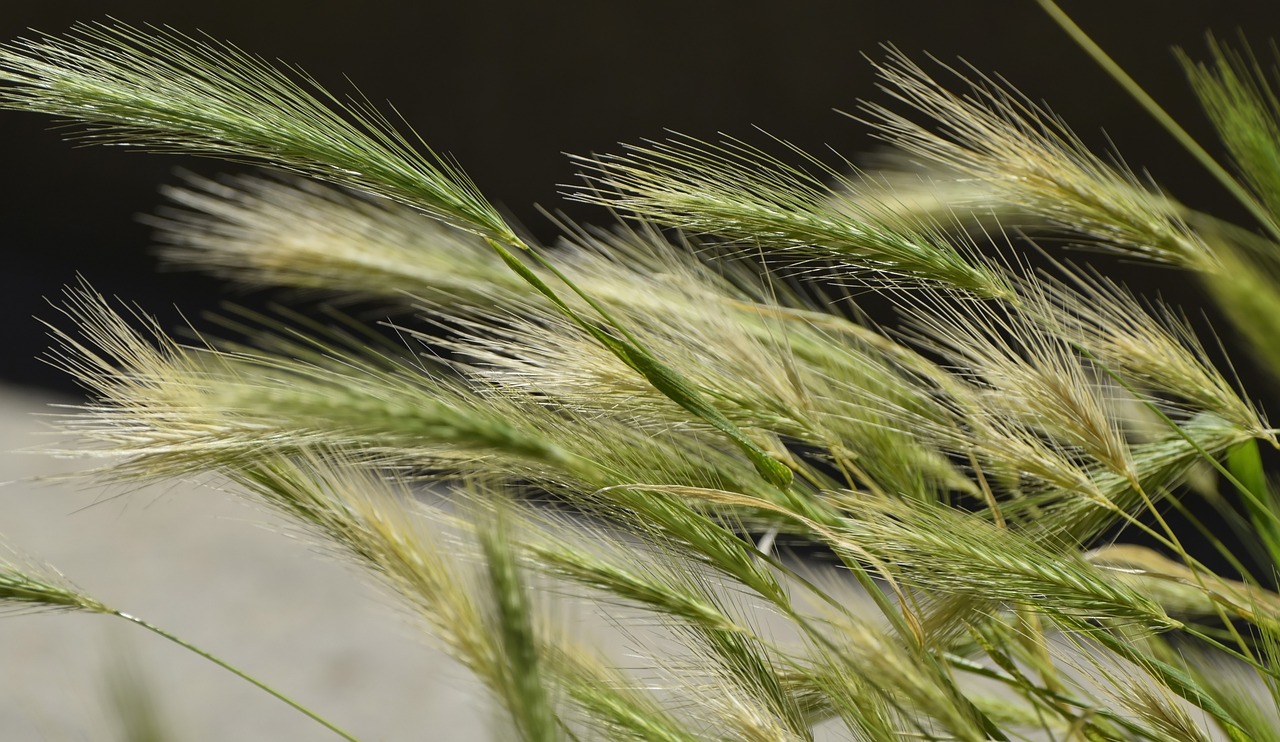
Weed Control
When it comes to growing corn in a small backyard, one crucial aspect to consider is weed control. Weeds can compete with corn plants for essential nutrients, water, and sunlight, potentially stunting their growth and reducing yields. Therefore, implementing effective weed control measures is essential to ensure the success of your corn crop.
One method of weed control in a small backyard corn patch is mulching. Applying a layer of organic mulch, such as straw, grass clippings, or shredded leaves, around the base of the corn plants can help suppress weed growth by blocking out sunlight and preventing weed seeds from germinating. Additionally, mulch can help retain soil moisture, reducing the need for frequent watering.
Hand weeding is another effective way to control weeds in a small corn plot. Regularly inspecting the area and manually removing any weeds that sprout up can prevent them from establishing and spreading. This method requires time and effort but can be highly beneficial in maintaining a weed-free environment for your corn plants.
Utilizing landscape fabric or weed barriers is a more permanent solution for weed control in a small backyard corn patch. These materials can be laid down before planting the corn seeds, creating a barrier that inhibits weed growth while still allowing water and nutrients to reach the soil. This method can be particularly useful in minimizing weed maintenance throughout the growing season.
Furthermore, practicing crop rotation can help naturally suppress weeds in your small backyard corn patch. By alternating the location of your corn crop with other plants each growing season, you can disrupt the life cycles of weeds that may have become established in the soil. This technique can help reduce weed pressure over time and promote overall soil health.
In conclusion, implementing a combination of mulching, hand weeding, landscape fabric, and crop rotation can effectively control weeds in a small backyard corn patch, ensuring that your corn plants have the best possible growing conditions to thrive and produce a bountiful harvest.
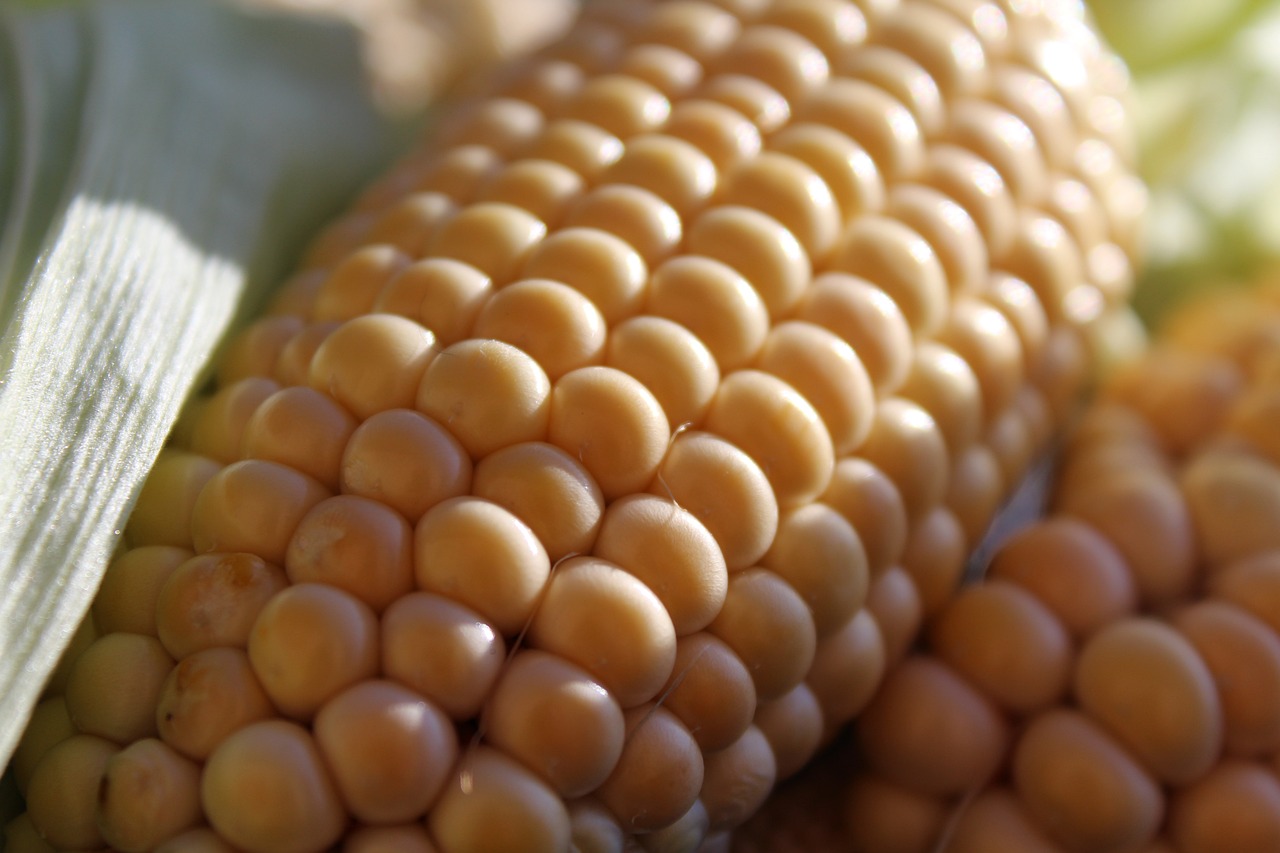
Harvesting Corn
Harvesting corn is a rewarding culmination of all your hard work throughout the growing season. When the corn reaches its peak ripeness, it's time to reap the benefits of your efforts. One key indicator that corn is ready for harvesting is the appearance of dried, brown silk on the ears. Additionally, the kernels should be plump and exude a milky substance when punctured. These visual and tactile cues signal that the corn is at its peak flavor and sweetness.
When harvesting corn in a small backyard, it's essential to handle the delicate ears with care to avoid damaging the kernels. Gently twist the ear downward and pull it from the stalk with a smooth, steady motion. Avoid yanking or tugging, as this can result in loss of kernels or damage to the plant. Once harvested, corn should be consumed as soon as possible to enjoy its freshness and flavor at its best.
If you have a larger corn harvest than you can consume immediately, consider freezing or canning the surplus for later use. Freezing corn involves blanching the ears in boiling water, cooling them rapidly, and then storing the kernels in airtight containers. Canning corn requires a pressure canner to ensure safe preservation. By properly storing your harvested corn, you can enjoy the taste of your homegrown produce throughout the year.
Frequently Asked Questions
- Can I grow corn in a small backyard?
Absolutely! With the right techniques and care, corn can thrive in limited backyard spaces. Choosing the right corn varieties and properly preparing the soil are key steps to successful corn growth in small areas.
- What types of corn are suitable for small backyard gardens?
There are several corn varieties that are well-suited for small spaces, such as "Patio Pride" and "Golden Bantam." These varieties are compact and produce good yields, making them ideal for backyard gardening.
- How should I prepare the soil for growing corn?
Preparing the soil in a small backyard involves methods like composting and fertilizing. By enriching the soil with nutrients and organic matter, you can create optimal growing conditions for your corn plants.
- What is the best way to plant corn seeds in a small backyard?
Properly spacing and planting corn seeds at the correct depth are crucial for successful germination and growth. Following guidelines on spacing and depth will help your corn plants thrive in limited space.
- How do I maintain and water corn plants in a small backyard?
Watering and maintaining corn plants involve strategies to ensure healthy development. Proper weed control is also important to prevent competition for nutrients and water.
- When is the right time to harvest corn in a small backyard?
Indicators like the appearance of silks turning brown and kernels feeling plump can signal that corn is ready to harvest. Harvesting at the right time ensures the best flavor and texture of the corn.




